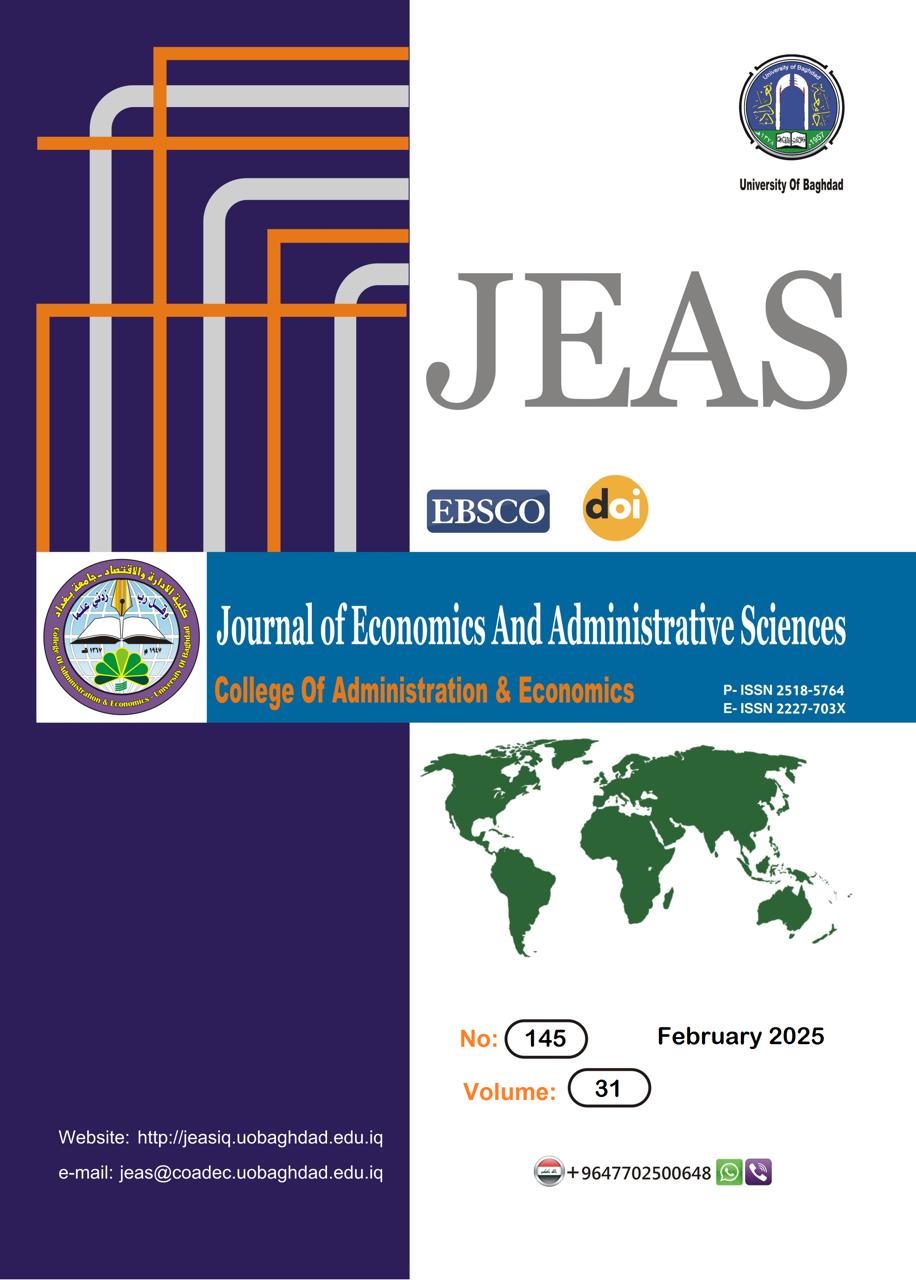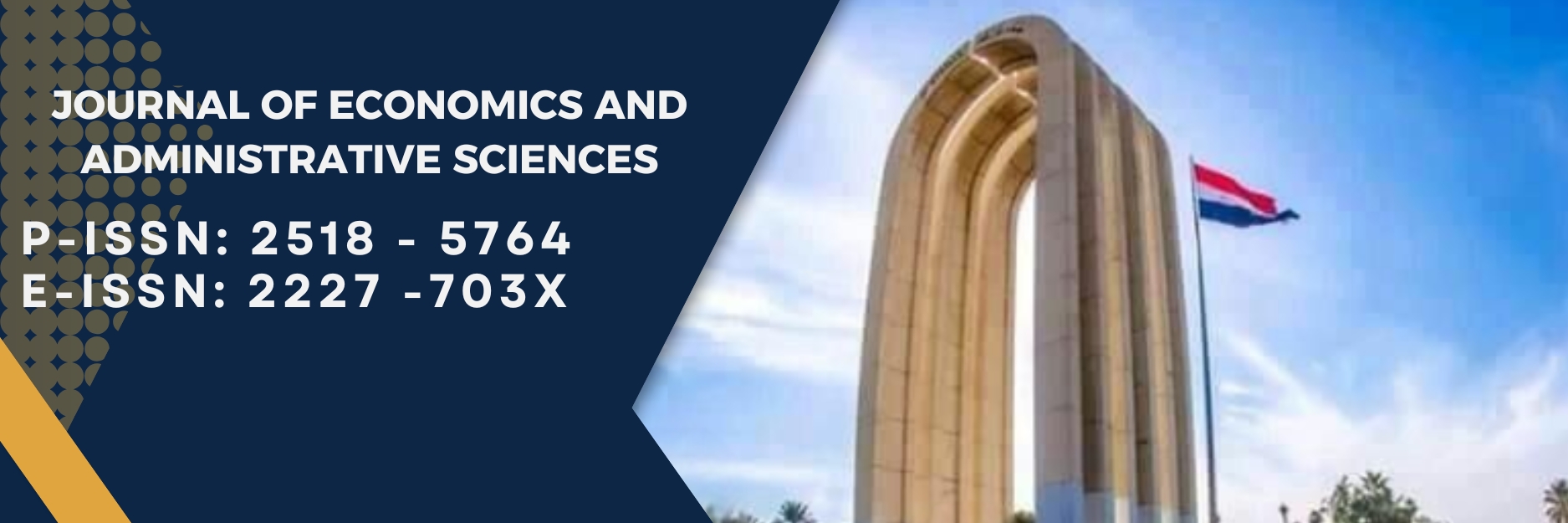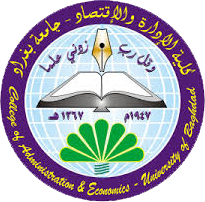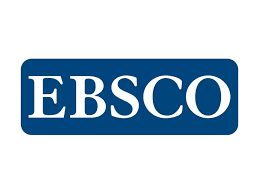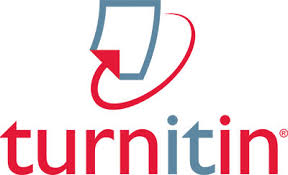Improving the prediction accuracy of a model using SVR with genetic algorithm
DOI:
https://doi.org/10.33095/tzpewm39Keywords:
INAR (1) model, Support Vector Regression, Genetic Algorithms, forecasting, time series, artificial intelligence, parameter estimation.Abstract
The enhancement of predictive accuracy of the first-order integer autoregressive (INAR 1) model is the focus of the study through the effective amalgam of machine learning techniques and classical statistics. INAR (1) model structures are key elements for the prediction of nonnegative integer-valued time series processes. Conventional estimation methods include Classical Least Squares (CLS), Conditional Maximum Likelihood (CML), and Yule-Walker (YW) as compared with advanced methods like Support Vector Regression (SVR) and Genetic Algorithms (GA). A new clustering algorithm was created (with SVR to GA) to determine optimal INAR (1) model parameters. Computer simulation studies confirmed the effectiveness of the INAR-SVR and INAR-SVR-GA models compared to traditional methods.
The hybrid SVR-GA approach improved predictive accuracy by a wide margin, particularly with higher parameter values. This highlighted the robust performance of the SVR-GA-CML model, exhibiting uniform lending credibility at more diverse sample sizes and parameters. Integration of artificial intelligence into traditional statistical techniques in time series forecasting has taken the superior place. Enhancing accuracy is being turned into practical areas where forecasting economics and population studies need to make decision-making and allocation decisions with precise forecasts.
The originality of this study lies in the integration of statistical and AI hybrid techniques to upgrade the accuracy of time series forecasting. It provides the much-needed insight into the analysis of integer-valued time series and underscoring AI's transformational role in predictive analytics. Approval based on ethical standards was passed, and none of the contributors declared a conflict of interest.
Downloads
References
Ali, N. S. M., & Mohammed, F. A. (2023). The use of ARIMA, ANN and SVR models in time series hybridization with practical application. International Journal of Nonlinear Analysis and Applications, 14(3), 87–102.
Aradhye, G., Rao, A. C. S., & Mastan Mohammed, M. D. (2019). A novel hybrid approach for time series data forecasting using moving average filter and ARIMA-SVM. Emerging Technologies in Data Mining and Information Security: Proceedings of IEMIS 2018, Volume 2, 369–381.
Bartolo Guerrero, M. (2018). Integer-Valued Autoregressive Processes With Pre-Established Marginals And Innovations: A New Perspective On Count Time Series Modeling.
Belinda, B., & Novita, M. (2021). Forecasting the Number of Prisoners in Nganjuk With Integer-Valued Pth-Order Autoregressive (INAR (P)). Journal of Physics: Conference Series, 1863(1), 12064.
Bisaglia, L., & Gerolimetto, M. (2018). Estimation and forecasting in INAR (p) models using sieve bootstrap. University Ca’Foscari of Venice, Dept. of Economics Research Paper Series No, 6.
Bourguignon, M., LP Vasconcellos, K., Reisen, V. A., & Ispány, M. (2016). A Poisson INAR (1) process with a seasonal structure. Journal of Statistical Computation and Simulation, 86(2), 373–387.
Bourguignon, M., Rodrigues, J., & Santos-Neto, M. (2019a). Extended Poisson INAR (1) processes with equidispersion, underdispersion and overdispersion. Journal of Applied Statistics, 46(1), 101–118. https://doi.org/10.1080/02664763.2018.1458216
Bourguignon, M., Rodrigues, J., & Santos-Neto, M. (2019b). Extended Poisson INAR (1) processes with equidispersion, underdispersion and overdispersion. Journal of Applied Statistics, 46(1), 101–118.
Bourguignon, M., & Vasconcellos, K. L. P. (2015). Improved estimation for Poisson INAR (1) models. Journal of Statistical Computation and Simulation, 85(12), 2425–2441.
Carr, J. (2014). An introduction to genetic algorithms. Senior Project, 1(40), 7.
Chudasama, C., Shah, S. M., & Panchal, M. (2011). Comparison of parents selection methods of genetic algorithm for TSP. International Conference on Computer Communication and Networks CSI-COMNET-2011, Proceedings, 85, 87.
Firas, A. M., & Moamen, A. M. (2020). Application of some hybrid models for modeling bivariate time series assuming different distributions of random error with a practical application. Journal of Economics and Administrative Sciences, 26(117), 442-479.
Freeland, R. K., & McCabe, B. (2005). Asymptotic properties of CLS estimators in the Poisson AR (1) model. Statistics & Probability Letters, 73(2), 147–153.
Hu, X. (2017). Support vector machine and its application to regression and classification. MSU Graduate Theses. 3177. https://bearworks.missouristate.edu/theses/3177
Jassim Lazem, S. (2018). Estimating a Nonlinear Regression Model Using Genetic Algorithm and Particle Swarm Optimization Algorithm with a Practical Application.
Jazi, M. A., & Alamatsaz, M. H. (2012). Two new thinning operators and their applications. Global Journal of Pure and Applied Mathematics, 8(1), 13–28.
Jin‐Guan, D., & Yuan, L. (1991). The integer‐valued autoregressive (INAR (p)) model. Journal of Time Series Analysis, 12(2), 129–142.
Juma, A. A., & AL-Mohana, F. A. M. (2019). A Modified Approach by Using Prediction to Build a Best Threshold in ARX Model with Practical Application. Baghdad Science Journal, 16(4 Supplement).
Kachour, M., Bakouch, H. S., & Mohammadi, Z. (2023). A New INAR (1) Model for ℤ-Valued Time Series Using the Relative Binomial Thinning Operator. Jahrbücher Für Nationalökonomie Und Statistik, 243(2), 125–152.
Kiwon, F. (2019). Frequentist Model Averaging for ε-Support Vector Regression. Doctoral dissertation, McMaster University.
Lee, S., & Lee, S. (2021). Change point test for the conditional mean of time series of counts based on support vector regression. Entropy, 23(4), 433.
Mohammed, . Firas Ahmmed. (2019). Propsed Hybrid Model AR-Holt (p+5) for time series forecasting by Employing new robust Methodology. Journal of Mechanics of Continua and Mathematical Sciences, 14(6), 413-425.
Ali, N. S. M., & Mohammed, F. A. (2023). The use of ARIMA, ANN and SVR models in time series hybridization with practical application. International Journal of Nonlinear Analysis and Applications, 14(3), 87-102.
Redha, S. M., & Hadia, A. T. A. (2020). Estimate the Survival Function By Using The Genetic Algorithm. Journal of Economics And Administrative Sciences, 26(122).
Rubio, L., & Alba, K. (2022). Forecasting selected colombian shares using a hybrid ARIMA-SVR model. Mathematics, 10(13), 2181.
Sabah, M. R., & Jasim, H. L. (2019). A comparison of the genetic algorithm with the nonlinear least squares and nonlinear maximum likelihood methods using simulation to estimate the nonlinear BoxBOD model using simulation. Journal of Administration and Economics, 2(122), 545-556.
Saha, S., Singh, N., Mohan, B. R., & Naik, N. (2021). A combined model of ARIMA-GRU to FORECAST stock price. Proceedings of the International Conference on Paradigms of Computing, Communication and Data Sciences: PCCDS 2020, 987–998.
Silva, I., & Silva, M. E. (2006). Asymptotic distribution of the Yule–Walker estimator for INAR (p) processes. Statistics & Probability Letters, 76(15), 1655–1663.
Silva, N., Pereira, I., & Silva, M. E. (2009). Forecasting In Inar (1) Model. In REVSTAT-Statistical Journal 7(1).
Simarmata, D. M., Novkaniza, F., & Widyaningsih, Y. (2017). A time series model: First-order integer-valued autoregressive (INAR (1)). AIP Conference Proceedings, 1862(1).
Sivanandam, S. N., & Deepa, S. N. (2008). Genetic algorithms (pp. 15-37). Springer Berlin Heidelberg.
Soni, N., & Kumar, T. (2014). Study of various mutation operators in genetic algorithms. International Journal of Computer Science and Information Technologies, 5(3), 4519–4521.
Steutel, F. W., & van Harn, K. (1979). Discrete analogues of self-decomposability and stability. The Annals of Probability, 893–899.
Wang, X. (2019). Statistical inference for the new INAR(2) models with random coefficient. Journal of Inequalities and Applications, 2019.
https://doi.org/10.1186/s13660-019-2068-9
ALmohana, F. A. M., & Mahdi, W. S. (2023). A comparison between some classical and artificial intelligence methods for estimating missing values in univariate time series. Journal Of AL-Turath University College, 2(35).
Xian, L. J., Ismail, S., Mustapha, A., Abd Wahab, M. H., & Idrus, S. Z. S. (2020). Crude oil price forecasting using hybrid support vector machine. IOP Conference Series: Materials Science and Engineering, 917(1), 12045.
YiChen, F. D. (2020). Integrating SVR and ARIMA Approach to Build the Municipal Solid Waste Generation Prediction System. Journal of Computers, 31(3), 216–225.
Published
Issue
Section
License
Copyright (c) 2025 Journal of Economics and Administrative Sciences

This work is licensed under a Creative Commons Attribution-NonCommercial-NoDerivatives 4.0 International License.
Articles submitted to the journal should not have been published before in their current or substantially similar form or be under consideration for publication with another journal. Please see JEAS originality guidelines for details. Use this in conjunction with the points below about references, before submission i.e. always attribute clearly using either indented text or quote marks as well as making use of the preferred Harvard style of formatting. Authors submitting articles for publication warrant that the work is not an infringement of any existing copyright and will indemnify the publisher against any breach of such warranty. For ease of dissemination and to ensure proper policing of use, papers and contributions become the legal copyright of the publisher unless otherwise agreed.
The editor may make use of Turtitin software for checking the originality of submissions received.
